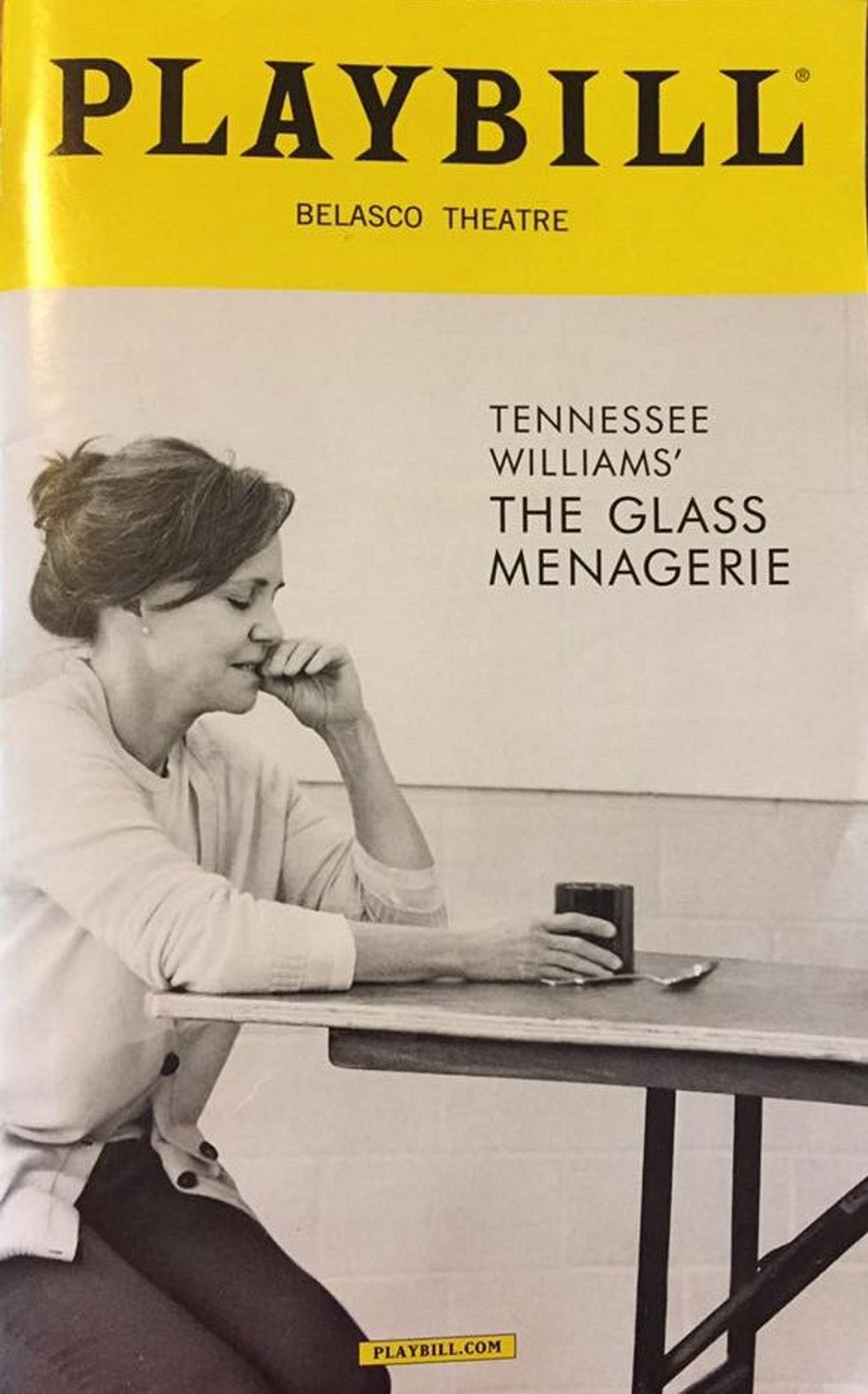After a short run, the Broadway revival of Tennessee Williams' play The Glass Menagerie closed this past Sunday, May 21st. It was only set to run until June 2nd, but short ticket sales made for an early close on this production starring Forrest Gump and Steel Magnolias' Sally Field and Tony Winner Joe Mantello.
When I first walked into the theater I knew it was going to be an unusual show. I had never read the play before, and, wanting to experience the story first hand while seeing the show, I only knew that the story revolved around the struggling family of a single mother and her two adult children in the South during the Great Depression. Sally Field plays Amanda Wingfield, the withering ex-Debutante and mother of alcoholic and worn out Tom, played by Joe Mantello, and crippled and sheltered Laura, played by Broadway newbie Madison Ferris. As the play unravels, Amanda demands that her son Tom bring home a man to court Laura, and he brings Jim O'Connor, a cheery man whom Laura liked in their high school years, played by American Horror Story's Finn Wittrock. Every actor met the emotional demands of Williams' dramatic story but I was most blown away, not by Tony Nominee Field or even Tony winner Mantello, but by recent college graduate Ferris in her Broadway debut. Stepping into the role of Laura not only involved delving into the character's mind but also posed a physical challenge for the actress with muscular dystrophy. The play's stage direction states that Laura has only a limp as a result of a childhood illness, but in this case, the severity of Ferris' condition that confines her to a wheelchair makes the character more vulnerable. Laura's character development relies heavily on her isolation and vulnerability, and this was emphasized well with this change. I also seriously commend Ferris' performance; it would have been unparalleled by someone acting as if they had an illness.
The stage, of which pictures were prohibited, bared nothing except a rusty kitchen table and chairs, a Victrola with some faded records, and a prop-bearing shelving unit which was clearly visible from it's place in the wings. The production team made no effort to hide the stage as most other productions do- the audience was able to see all the way up into the rafters and the stage and wings in their entirety. The stage, and the area behind the traveler line and in the wings, were all used for the production, even the 20 foot sliding door that led to the stage's back alley. Many would be disappointed in the simple and seemingly unimaginative set design, but I found myself enchanted. It was like watching the production when it was first written, as it would have been done before Broadway had become a business of hiding as much as possible behind stage. The bland set did for this play what a blank face of makeup does for a person- you see what's under the surface, begging to be understood, instead of focusing on the face value of what you see in front of you.
Williams' writing may be dated, but the plot and dialogue of the story is nothing less than beautiful messages waiting to be understood by the audience. The story and it's lack of a happy ending for all of the characters makes it truly heartbreaking but poignant and realistic. The entire story tells of losses, but I wasn't saddened most by Amanda's lost love, her husband who fled years before, or Tom's lost adventure, but by Laura's loss of Jim. He is the only one Laura opens up to outside of the family; he is the optimistic, hopeful, uplifting person she needs, but after a much anticipated kiss between the two, it's revealed that he's engaged to someone else and will marry soon. This revelation causes the whole family to collapse and for Laura to be dragged back into her family's dysfunction and isolation once more.






 The minimum wage is not a living wage.
StableDiffusion
The minimum wage is not a living wage.
StableDiffusion
 influential nations
StableDiffusion
influential nations
StableDiffusion











